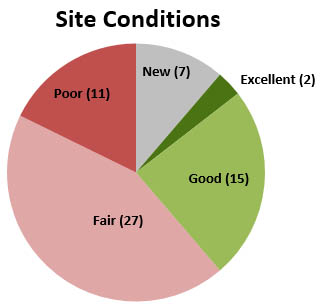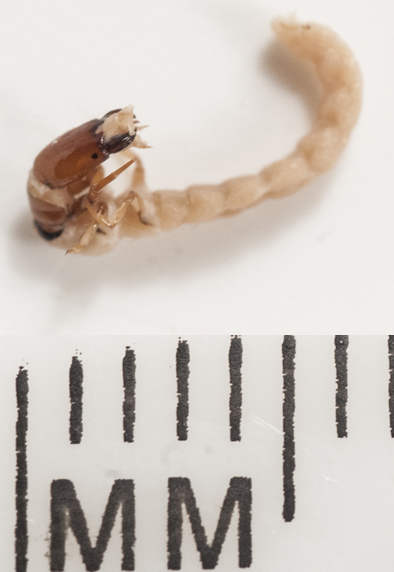River and creek sampling
Thanks to 108 volunteers who contributed a total of 643 volunteer hours, the 2014 River Roundup was a great success! The weather was perfect for our volunteers as they split into 21 teams and traveled to 42 different creek and river locations across the Huron River Watershed to assess the aquatic benthic macroinvertebrate community. This study is one of the most effective ways that HRWC has to keep its finger on the pulse of the stream. From the data collected at this semi-annual event, we get a better understanding of which creeks and rivers are getting better, which are getting worse, and how we can direct our management activities.
You can see all the results in April 2014 River Roundup Report.
[easyrotator]erc_29_1401208428[/easyrotator]
Current Watershed Health
In a nutshell, the health of the watershed as judged by our macroinvertebrate sampling is holding steady. Of the 62 sites that we monitor to judge this, 28 sites have had no statistically significant changes over time, and 6 sites are too new to make this judgment.
Fourteen sites are declining, and these include locations on Chilson Creek, Davis Creek, east branch of Fleming Creek, Norton Creek, and South Ore Creek. The majority of the declining sites are in Livingston County. Eight of the declining sites are in Livingston, two are in Washtenaw, and three are in Oakland.
Fourteen sites are significantly improving. Twelve of the improving sites are in Washtenaw County, including Boyden Creek, Horseshoe Creek, the main and west branches of Fleming Creek, Huron Creek, the Huron River in Ann Arbor and Ypsilanti, Malletts Creek, and several places on Mill Creek. One site is improving in Livingston County (Mann Creek at Van Amberg Road), and 1 site is improving in Wayne County (Woods Creek at the Lower Huron Metropark).
Highlights

1. Malletts Creek is an urban creek in Ann Arbor that has been the focus of restoration efforts for well over a decade. Last fall, we noticed a more diverse insect community in Malletts Creek than had ever been seen before. We are happy to report that this spring we once again saw a healthier insect community than ever before. From 1993-2013, volunteers have found an average of 5 insect families in spring samples, but in 2014 volunteers found 9 insect families. One of these insect families is a finger-net caddisfly, which is common in healthy streams but has never been found in Malletts Creek until now. The increase in insect families over time is statistically significant.
Our congratulations go out to all of the partners involved in fixing Malletts Creek! An increase in the diversity of aquatic insects reflects an increase in the overall water quality, water stability, and habitat quality. This is a major accomplishment!
2. The volunteers who sampled in Boyden Creek along Delhi Road pulled in a bonanza of caddisflies! They found 5 different types of caddisflies: the common net-spinner (Hydropsychidae), the square barked case- maker (Lepidostomatidae), the northern caddisfly (Limnephilidae), the finger-net caddisfly (Philopotamidae), and the rock case-maker (Uenoidae). They also found two families of stoneflies and two families of mayflies. We have been seeing good changes in Boyden Creek for several years now, and this sample was one of the best taken this spring.
Lowlights
The volunteers who sampled at Greenock Creek near South Lyon were not impressed with the size and abundance of the leeches they pulled out of their trays, nor were they impressed with the total abundance and diversity of the overall insect community. Greenock Creek was never a very healthy creek, but conditions have significantly worsened here since monitoring began in 1993. The creek is located downstream of Nichwagh Lake, which is impounded by a dam. Water exiting the lake and entering the creek is quite warm, regularly reaching 85 degrees Fahrenheit in the summer, which is too warm for many types of aquatic life. It is quite possible that dissolved oxygen levels are very low in the creek also (even in the non-summer months when the water is not as warm). This is something that HRWC will look into.

What’s next?
Consider being a creekwalker this summer! You can learn more about this experience through our recent blog series. Check it out here: Part 1 and Part 2. You can register to be a creekwalker here.



